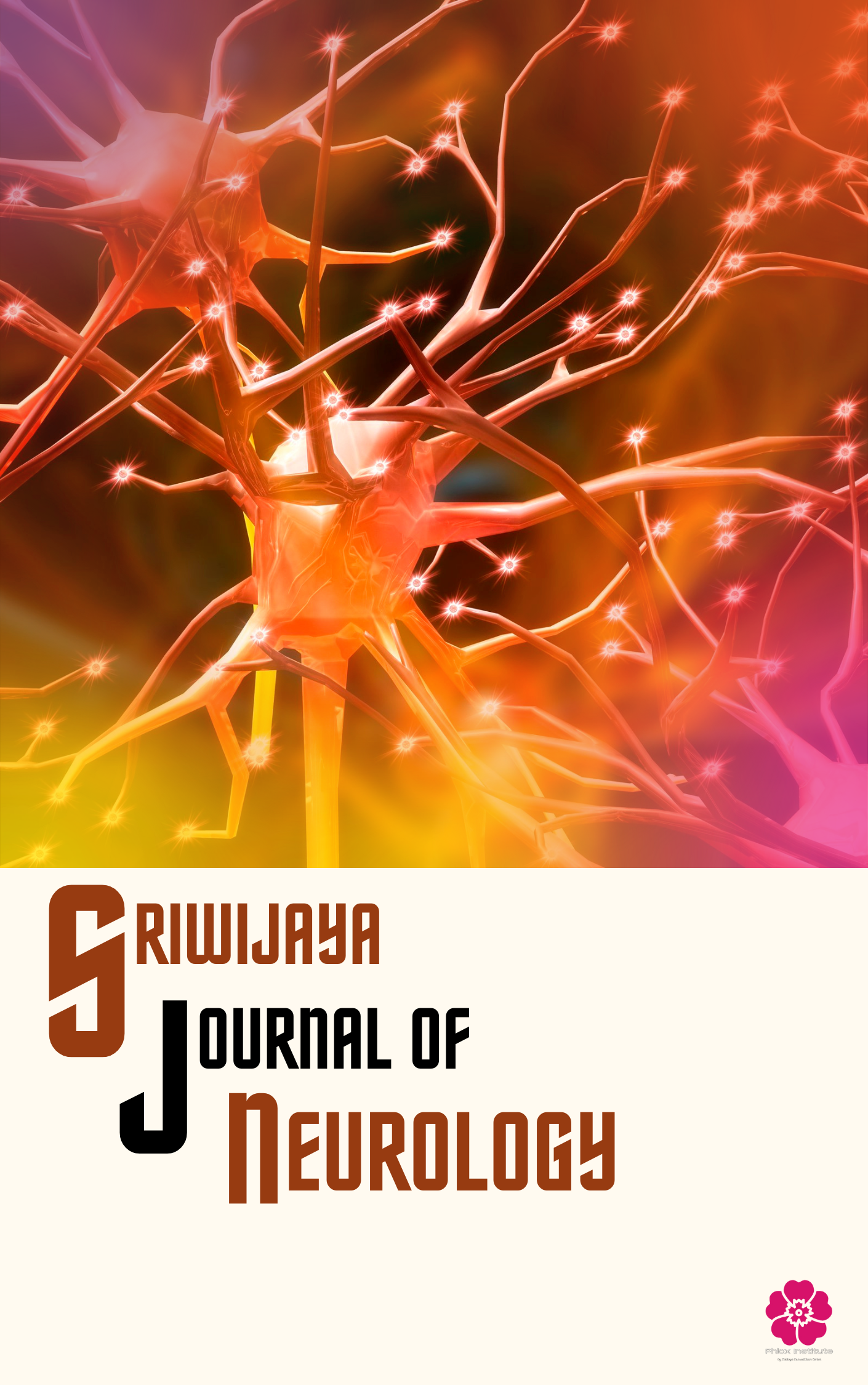Main Article Content
Abstract
Introduction: Burning mouth syndrome (BMS) is a chronic pain condition characterized by a burning sensation in the oral cavity without any identifiable clinical or laboratory findings. While the etiology of BMS remains unclear, central sensitization and neuropathic pain mechanisms are increasingly recognized as potential contributors. This study aimed to investigate the role of central sensitization and neuropathic pain in BMS patients in Bandung, Indonesia.
Methods: This cross-sectional study involved 40 participants diagnosed with BMS according to the International Association for the Study of Pain (IASP) criteria and 40 healthy controls. All participants underwent comprehensive assessments, including: (1) clinical oral examination, (2) quantitative sensory testing (QST) to assess thermal and mechanical sensitivity, (3) questionnaires to evaluate pain intensity, quality of life, anxiety, and depression, and (4) measurement of salivary cortisol levels as a marker of stress.
Results: BMS patients exhibited significantly higher thermal and mechanical sensitivity compared to healthy controls (p<0.001). They also reported significantly higher pain intensity, poorer quality of life, and increased levels of anxiety and depression (p<0.001). Salivary cortisol levels were significantly elevated in the BMS group (p<0.05). Correlation analysis revealed significant associations between pain intensity and QST parameters, anxiety, depression, and salivary cortisol levels.
Conclusion: The findings of this study suggest that central sensitization and neuropathic pain mechanisms play a significant role in the pathophysiology of BMS in Bandung, Indonesia. These findings highlight the need for a multidisciplinary approach to BMS management, incorporating strategies to address both peripheral and central factors contributing to pain.
Keywords
Article Details
Sriwijaya Journal of Neurology (SJN) allow the author(s) to hold the copyright without restrictions and allow the author(s) to retain publishing rights without restrictions, also the owner of the commercial rights to the article is the author.

